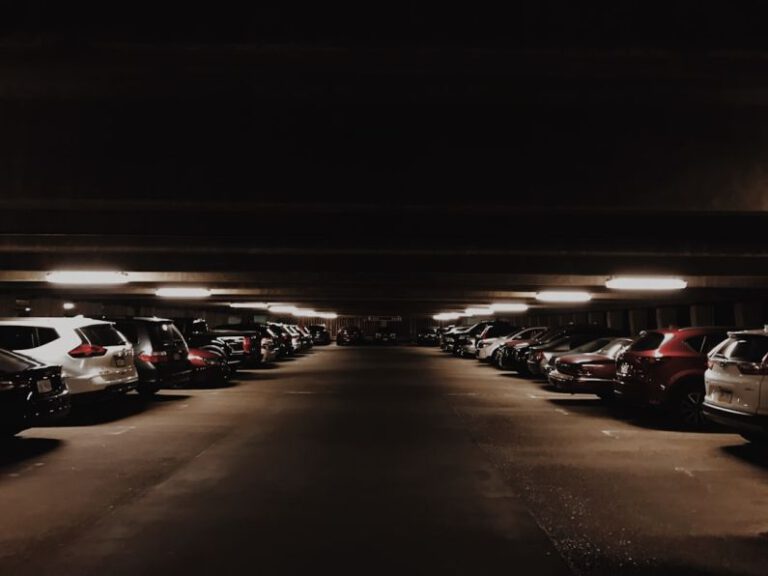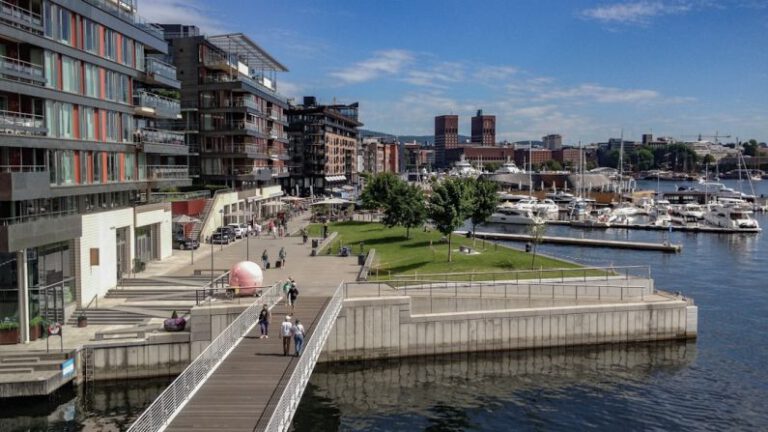Air Quality Warriors: Innovations in City Pollution Control
In the battle against air pollution in cities around the world, innovative technologies and initiatives are emerging to combat the detrimental effects of poor air quality on public health and the environment. From advanced filtration systems to creative urban planning solutions, various approaches are being employed to tackle this pressing issue. Let’s delve into some of the groundbreaking innovations that are transforming the way we address city pollution control.
The Rise of Urban Green Spaces
One of the most effective strategies for improving air quality in urban areas is the creation of green spaces within city limits. Urban green spaces, such as parks, gardens, and green rooftops, play a crucial role in absorbing carbon dioxide, filtering pollutants, and providing oxygen. These green oases not only enhance the aesthetic appeal of cities but also serve as natural air purifiers, helping to mitigate the impact of vehicular emissions and industrial pollution.
Vertical Forests: A Breath of Fresh Air
In recent years, the concept of vertical forests has gained traction as a sustainable solution for enhancing urban biodiversity and air quality. Vertical forests are high-rise buildings covered in greenery, with each floor hosting trees, shrubs, and other plants. These innovative structures act as natural air filters, absorbing carbon dioxide and releasing oxygen into the surrounding environment. Vertical forests not only contribute to reducing air pollution but also provide habitat for birds and insects, promoting urban biodiversity.
Smart Air Quality Monitoring Systems
Advancements in technology have led to the development of smart air quality monitoring systems that enable real-time tracking of pollution levels in cities. These systems use sensors placed strategically throughout urban areas to measure key pollutants such as particulate matter, nitrogen dioxide, and ozone. By collecting and analyzing data on air quality, city officials can identify pollution hotspots, implement targeted interventions, and raise public awareness about the importance of clean air. Smart air quality monitoring systems empower cities to make informed decisions to improve air quality and protect public health.
Green Transportation Initiatives
Transportation is a major contributor to air pollution in cities, with vehicle emissions being a significant source of pollutants such as carbon monoxide and nitrogen oxides. To address this issue, cities are implementing green transportation initiatives aimed at reducing reliance on fossil fuels and promoting sustainable modes of travel. Electric vehicles, bike-sharing programs, and pedestrian-friendly infrastructure are among the strategies being adopted to decrease emissions and improve air quality in urban areas. By prioritizing environmentally friendly transportation options, cities can lower pollution levels and create healthier, more livable communities for residents.
Air-Purifying Facades
Innovative building designs are incorporating air-purifying facades that help to combat pollution in urban environments. These facades are made from materials that have the ability to neutralize harmful pollutants in the air, such as nitrogen dioxide and volatile organic compounds. By installing air-purifying facades on buildings, cities can reduce the concentration of pollutants in the surrounding air, improving overall air quality and enhancing the well-being of residents. This creative approach to pollution control demonstrates the potential of architecture to contribute to a cleaner and healthier urban environment.
Green Infrastructure for Sustainable Cities
Green infrastructure initiatives are playing a vital role in promoting sustainability and reducing pollution in cities. Green roofs, permeable pavement, rain gardens, and bioswales are examples of green infrastructure practices that help to manage stormwater runoff, reduce heat island effects, and improve air quality. By integrating green infrastructure into urban planning and development, cities can enhance resilience to climate change, protect natural ecosystems, and create more vibrant and sustainable urban environments for future generations.
Empowering Communities for Change
Ultimately, the fight against city pollution requires collective action and community engagement. Empowering residents to advocate for clean air, participate in environmental initiatives, and adopt sustainable practices is essential for driving positive change in cities. By fostering a culture of environmental stewardship and promoting awareness of the importance of air quality, communities can work together to create healthier and more sustainable urban environments. Through collaboration and innovation, we can become true air quality warriors, leading the charge in the battle against city pollution and building a greener, cleaner future for all.






